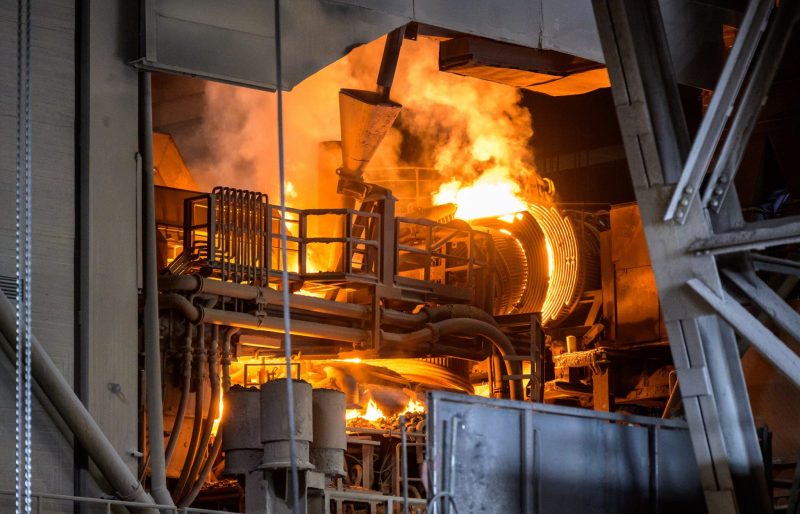
China’s Green Steel Policies Reshape Australia’s Export Outlook
China’s accelerated shift to green steel is forcing Australia to reassess its long-standing raw materials export model. In 2024, Australia shipped over $100 billion worth of iron ore to China, making it the country’s largest export category. However, Beijing’s intensified decarbonization agenda is changing the steel industry’s foundations—and, with it, demand patterns for key Australian commodities.
Beijing extended its national CO₂ emissions trading system to the steel industry earlier this year. In July, it mandated producers to transition to green energy. This policy pivot has driven rapid growth in electric arc furnace (EAF) deployment, with capacity now exceeding 160 million tons annually—on par with the US and Japan combined. As China shifts toward scrap and direct reduced iron (DRI), demand for coking coal and low-grade iron ore has begun to shrink.
Australia’s traditional strengths—high-volume exports of iron ore and coking coal—are losing strategic relevance. To maintain market share, the country must invest in raw material processing, green hydrogen development, and certification schemes for low-emission steel. Prime Minister Anthony Albanese’s recent visit to China marked the beginning of critical discussions on joint decarbonization strategies. The outcome of these talks may define Australia’s long-term role in a cleaner global steel supply chain.
Green Steel Transformation Demands a New Australian Strategy
Australia faces declining returns from its legacy export model. Government forecasts project iron ore revenues will drop from AUD 116 billion in FY2024–25 to AUD 97 billion by FY2026–27. Weak global steel demand, reduced Chinese production, and rising competition from Brazil and Africa are contributing to this trend.
Meanwhile, China’s focus on green steel continues to accelerate. Producers increasingly favor scrap and DRI inputs for EAFs, reducing reliance on carbon-intensive feedstocks. As a result, Australian coking coal exports face long-term risk unless repurposed for cleaner applications or redirected to other markets.
To stay competitive, Australia must evolve from a bulk raw material exporter into a partner in low-carbon steelmaking. This includes domestic investment in beneficiation technologies, development of hydrogen-based DRI, and alignment with international sustainability standards. These shifts require coordination across government, mining firms, and steel stakeholders to capture future demand from green steel markets.
SuperMetalPrice Commentary:
Australia stands at a pivotal crossroads. China’s green steel transformation not only challenges the country’s export base but also offers an opportunity to innovate and lead. By investing in value-added processing, green hydrogen, and international partnerships, Australia can reposition itself as a critical supplier in the low-emission steel value chain. The next decade will determine whether Australia maintains relevance—or falls behind—as green policies redefine global steel trade.







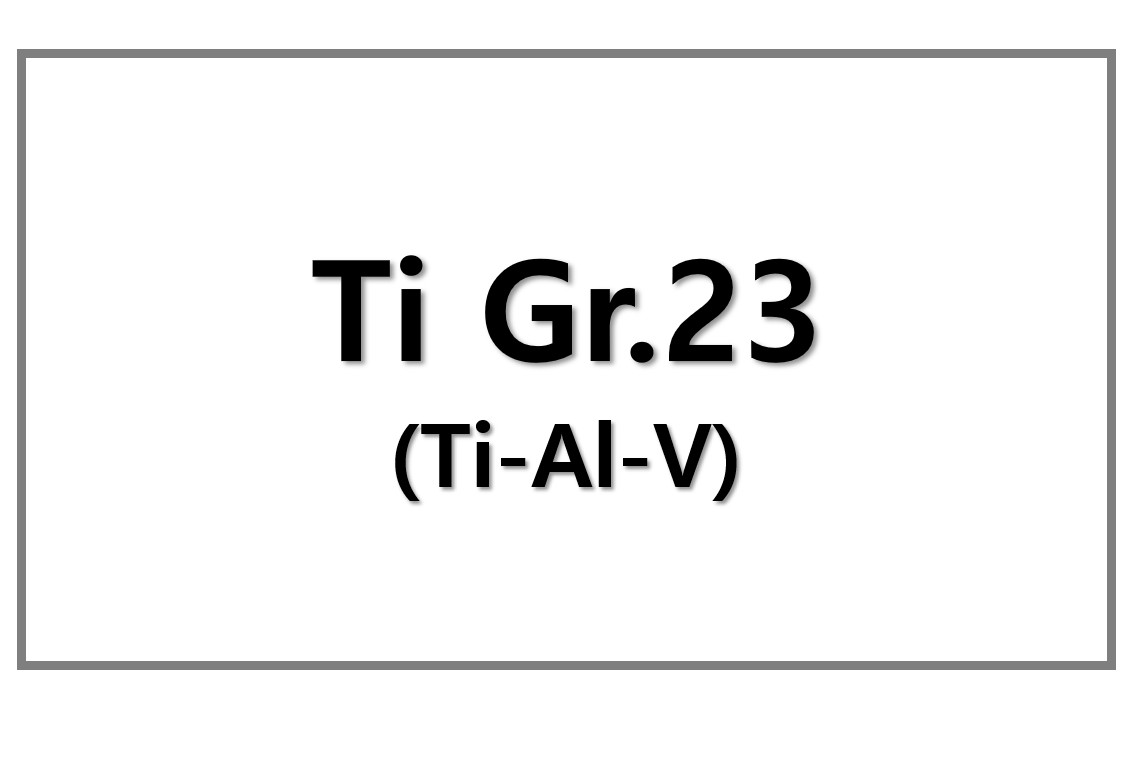
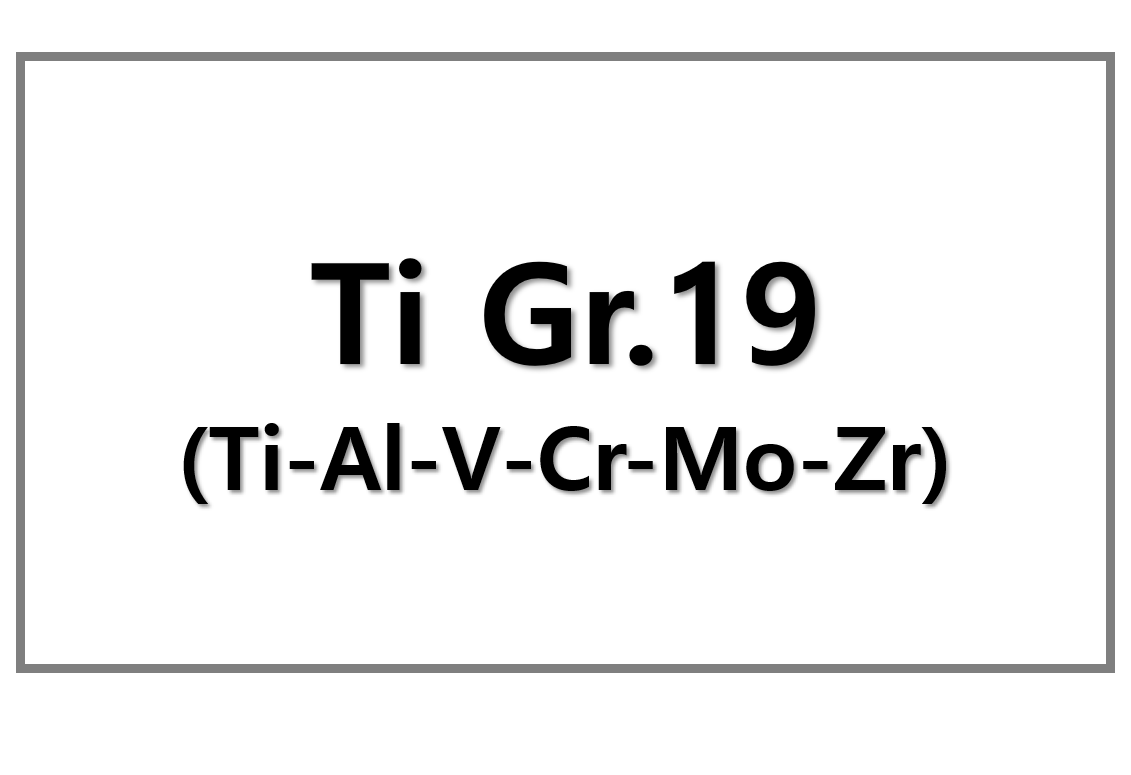
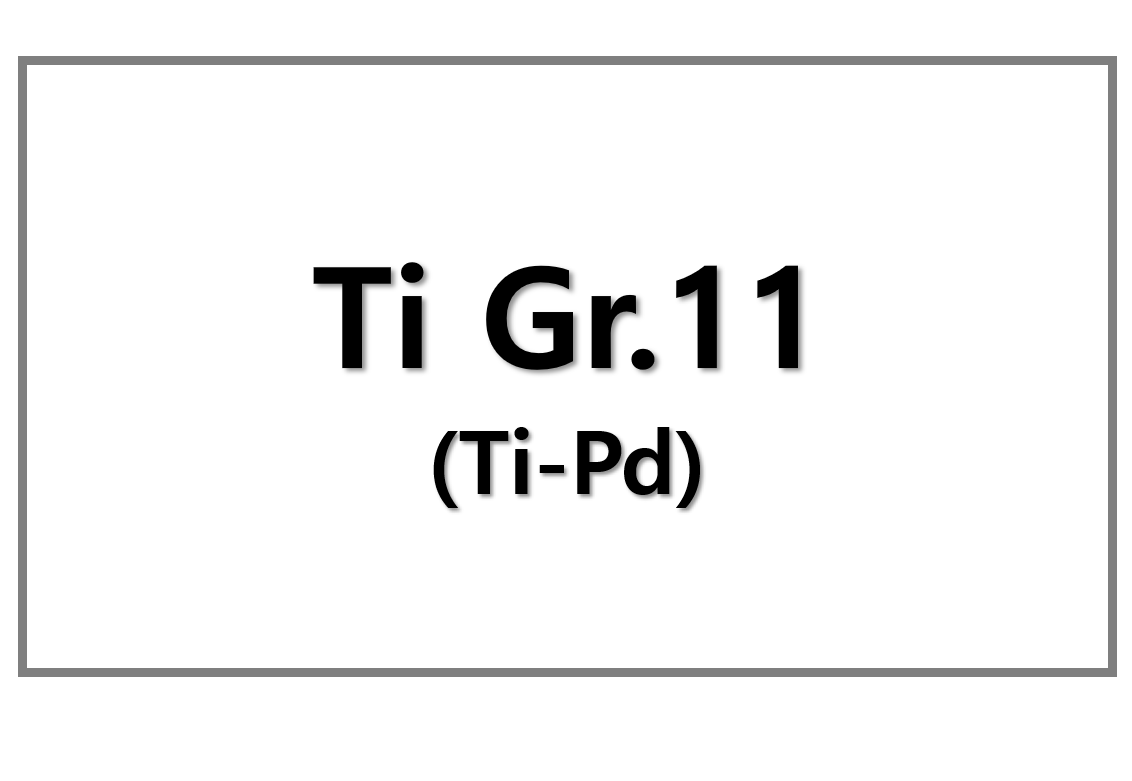
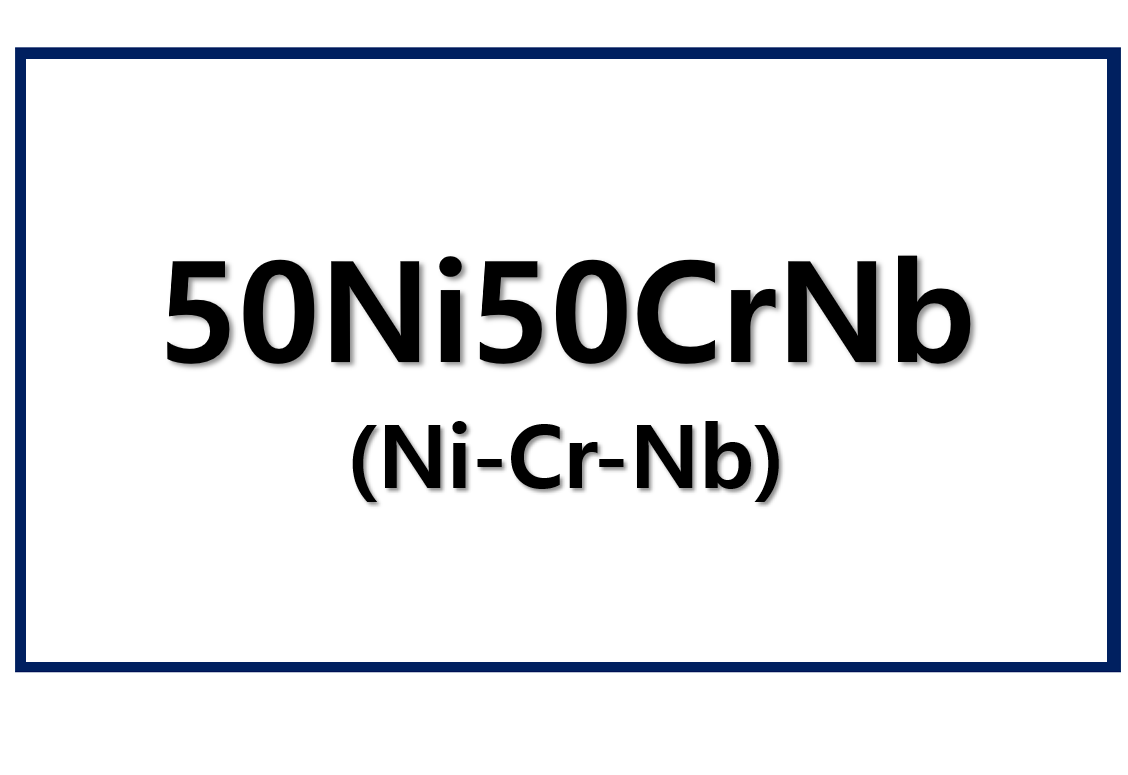
Leave a Reply
You must be logged in to post a comment.